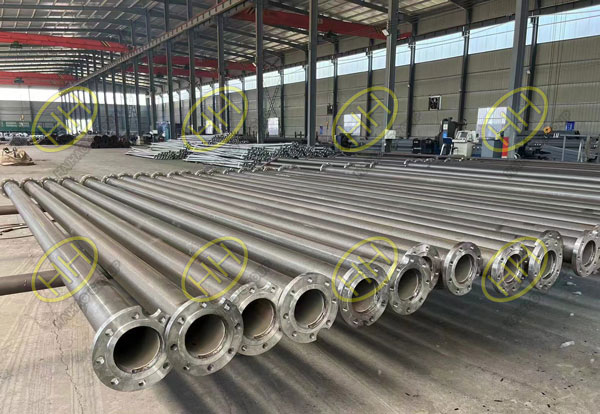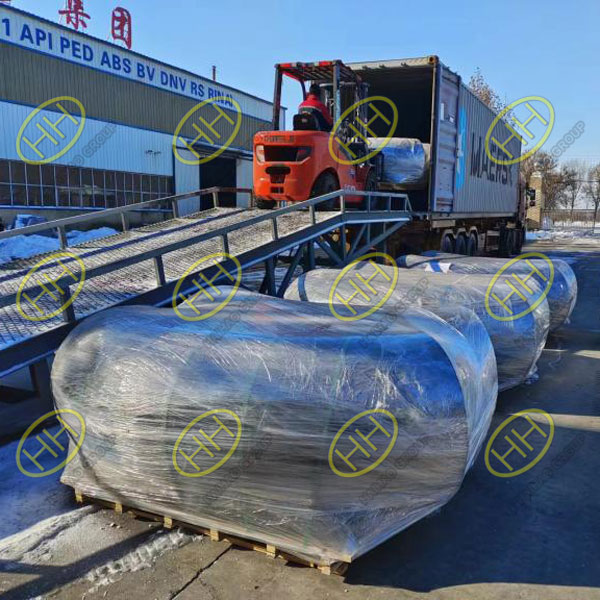Weekly overview of iron ore market (February 24th – March 1st)
Haihao Group has always been committed to providing customers with high-quality pipeline system products. We are well aware of the importance of raw material market conditions for customers’ purchasing decisions. Therefore, we share weekly changes in raw material market conditions with our customers in a timely manner to help them better formulate procurement strategies and production plans.
In the week spanning from February 24th to March 1st, the prices of imported iron ore continued to decline compared to the previous week. Looking at the supply side, there was a significant decrease in the amount of iron ore arriving at ports. In terms of shipping volume, both Australian and Brazilian iron ore shipments saw a decline. Additionally, there was a notable increase in port iron ore inventories compared to the previous week, while blast furnace operating rates continued to decline slightly.
Regarding spot market trading, on March 1st, according to relevant agencies, the spot prices at Qingdao Port for 62% grade Australian fines dropped by 5.27% to 897 RMB/wet ton compared to February 23rd, while the price for 65% grade Brazilian fines decreased by 4.73% to 986 RMB/wet ton.
Domestically, the price of Chinese iron ore also saw a decrease. On March 1st, the ex-factory price, including taxes, for 66% grade iron concentrate in Tangshan was 1134 RMB/ton, down by 2.32% compared to February 23rd.
As for imported iron ore, prices experienced a decline. On March 1st, the price for 62% grade imported iron ore was 115.4 USD/ton, down by 4.7% from February 23rd, with an average price from February 26th to March 1st at 116.72 USD/ton. Similarly, the prices for 65% and 58% grade imported iron ore also dropped.
Looking at the global shipping market, the Baltic Dry Index (BDI) on March 1st was 2203 points, an increase of 337 points.
In terms of futures market trading, the closing price for the main contract I2405 of iron ore on March 1st was 876.5 RMB/ton, down by 19.0 RMB/ton.
In supply, statistics from relevant agencies showed that from February 19th to February 25th, the total amount of iron ore arriving at 47 Chinese ports decreased by 458.5 million tons compared to the previous period. Similarly, the total amount of iron ore arriving at the six ports in northern China decreased by 311.6 million tons. During the same period, the total shipping volume of iron ore from Australia and Brazil decreased by 397.7 million tons. The total global iron ore shipping volume decreased by 442.9 million tons.
Regarding inventory, as of March 1st, the port iron ore inventory was 13892.68 million tons, an increase of 289.29 million tons compared to February 23rd. The inventory of Australian ore was 5967.07 million tons, an increase of 175.63 million tons, while that of Brazilian ore was 5119.35 million tons, an increase of 35.39 million tons.
In terms of demand, from February 26th to March 1st, the China Steel Price Index (CSPI) was 111.57 points, a decrease of 0.35 points, with social steel inventories increasing by 104.04 million tons. The blast furnace operating rate at 247 surveyed steel mills was 75.19%, a decrease of 0.44 percentage points compared to the previous period, and a decrease of 5.88 percentage points year-on-year.
This comprehensive overview provides insights into the dynamics of the iron ore market for the specified period, offering valuable information for stakeholders to navigate their business decisions effectively.


